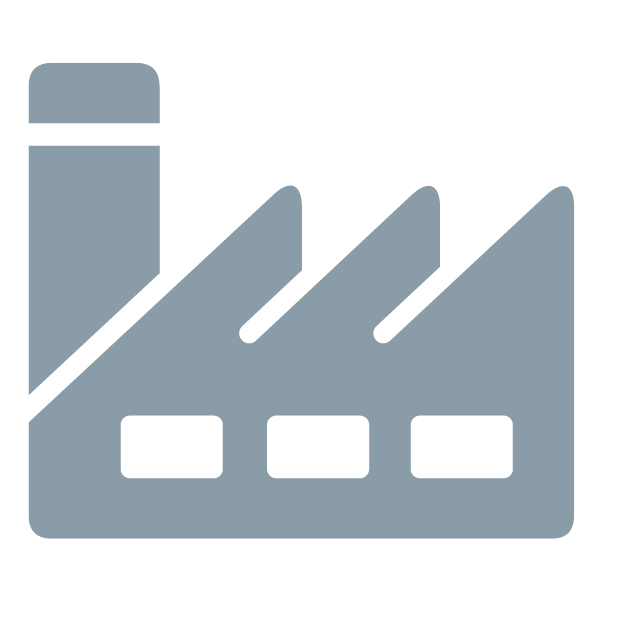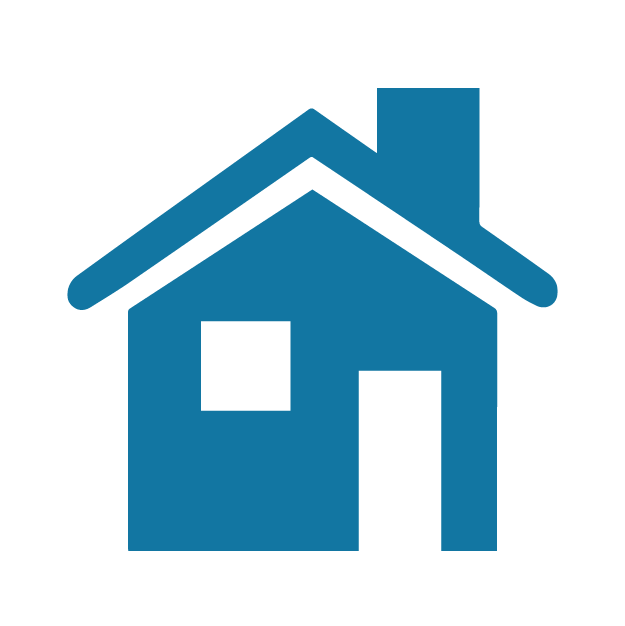It means that you have bought products for which we are able to document that the raw materials originate from sustainable forestry, that the production process adheres to all industry standards and that you can be confident that the products will be of the quality we promise.
By buying certified products, you contribute towards:
- climate-friendly forestry
- planting of new forests
- protecting valuable forests and safeguarding biodiversity
- minimising environmental impact
- acquiring knowledge of what the products contain
- a good indoor environment
- facilitation of outdoor activities and support for local communities


PEFC™ and FSC®
PEFC™ and FSC® are two international NGOs (non-governmental organisations) that work to promote responsible forestry. In Norway, the dominant system is PEFC™ and all Norwegian forests are certified in accordance with PEFC™ in practice. The proportion of forests in Norway that are currently FSC® certified is relatively small, but increasing. In Sweden, the ownership distribution of forests is somewhat different and the areas certified under each system are largely equal. In total, 65 per cent of Swedish forests are certified under one or both systems.
Both PEFC™ and FSC® work to promote responsible forestry and issue certificates through third-parties to those that meet the defined criteria. The systems ensure sustainable forestry, which protects valuable forests and biodiversity, prevents unlawful deforestation, minimises environmental impact and facilitates outdoor activities and supports local communities. Our companies are part of the value chain from forest to sawn products – which can be traced and identified all the way from the forest to the finished products available in the construction trade.
A complete list of certifications and approvals can be found here.

Depending on product type, these certifications may be subject to national or international standards. Some of the standards are voluntary, while others are statutory.
International standards
PEFC™CoC and FSC® CoC ensure the traceability of certified raw materials throughout the industry and trade sectors. These are also referred to as Chain of Custody / CoC certificates and mean that Moelven is required to be able to trace all purchased wood-based products back to controlled origins. Both of these systems are voluntary and subject to third-party verification. In order to ensure traceability all the way to the end customer, there have been rapid developments in the Nordic region in recent years to ensure that the construction industry has also obtained traceability certificates. The proportion of certified products that are sold increases year on year. PEFC™ and FSC® certificates are currently a prerequisite for meeting many of the requirements set out by our customers.
CE (Communauté Européenne)
The CE mark is a declaration that the manufacturer, or its representative, guarantees that all of the requirements stipulated for the product in the applicable directive/regulations are regarded as having been met. A product with correct CE marking has free access to the market in the European Economic Area (EEA). All products that fall under a harmonised European standard must be CE-marked. The various standards set out requirements concerning either self-checks or third-party inspections.
Product documentation
There are an increasing number of requirements for product documentation. The systems can vary slightly between markets, but these are the overall product documentations relevant to Moelven.
Construction product declarations (CPDs)
A construction product declaration is a standardised way of describing a product and has become an industry standard in Sweden. CPDs contain information concerning the material’s origin, chemical content, environmental impact and certifications, as well as a description of the product’s installation, use and how to handle it after use.
HSE and HFE documentation
(health, safety and the environment) documentation is mainly used for chemical products. HFE (health, safety factsheets and the environment) documentation is used for non-chemical products. HFE describes the working environment, indoor environment, environmental impacts and waste management.
OAM
OAM documentation is legally required documentation for a building that contains products that must be managed, operated or maintained during the building’s service life.
Product assessment systems
Product assessment systems are largely based on product documentation and certifications. There are now numerous systems and they are largely national.
Byggvarubedömningen (BVB)
BVB is a Swedish association that has developed a system for assessing building materials based on sustainability. The assessments are based on the environmental impact throughout the life cycle and the chemical content in building materials. BVB is also working on establishing an assessment system for social factors in the value chain.
BASTA
BASTA is a Swedish product certification scheme for chemical content in products. The EU requirements in the REACH directive are at the core of BASTA’s product certification.
EPD (Environmental Product Declaration) An EPD is a brief, independently verified and registered document that communicates transparent and comparable information about the life-cycle environmental impact of products. Both the underlying life cycle assessment (LCA) and the EPD are always based on international standards. Independently verified environmental declarations ensure that environmental information is provided in accordance with the four requirements: objectivity, comparability, credibility and addability
Hea 02
In the case of interior products, the focus is on documentation with respect to air quality. Hea 02 is the BREEAM standard’s way of documenting indoor air quality. The documentation is prepared on the basis of emission tests, self-declarations and certificates such as M1.
A complete list of certifications and approvals can be found here.

In recent years, a number of different systems have been introduced for environmental certifications for buildings and products. Unlike the product assessment systems, these systems are largely international but, due to the different standards for the assessment of products, the systems have national approaches.
BREEAM
(Building Research Establishment Environmental Assessment Method)
BREEAM is the construction industry’s own environmental certification system for buildings. The system has existed since 1990 and is the most widely used system for environmental certification in Europe. Its purpose is to encourage sustainable design and construction throughout the entire construction project, from the early phases to the finished and delivered building. The national versions of BREEAM in Norway and Sweden are BREEAM-NOR and BREEAM-SE respectively. BREEAM is an effective tool for coordinating the various parties in a construction project and integrating a sustainable mindset in all links of the chain. BREEAM sets requirements for, among other things, material selection, such as deliveries of certified products in PEFC™ Chain of Custody or FSC® Chain of Custody, Environmental Product Declarations (EPDs), Eco-products and emission tests on interior products (Hea 02 with M1 certificate or Agbb). Five levels of BREEAM certificate can be issued: Pass, Good, Very Good, Excellent and Outstanding.
Nordic Swan Ecolabel
The Nordic Swan Ecolabel is the Nordic region’s official ecolabel and is independent of industry or financial interests. The purpose of the ecolabel is to encourage more environmentally suitable product development and minimise consumption that impacts the environment. This will be achieved by developing criteria for the environmental labelling of goods and services, approving products and providing guidance to consumers and buyers. Today, detached houses, cabins and holiday homes, semi-detached, terraced houses and apartment buildings, childcare facilities and schools can achieve the Nordic Swan Ecolabel.
A complete list of certifications and approvals can be found here.
Moelven and the UN Sustainable Development Goals
To ensure that our work on sustainability has clear direction and a global perspective, we have chosen to connect our four main areas to the UN’s Sustainable Development Goals. The article you’re now reading is linked to “Climate-smart products and services” and sustainability goal #13 Climate action and #15 Life on land.
Read more about what the different goals mean to us here